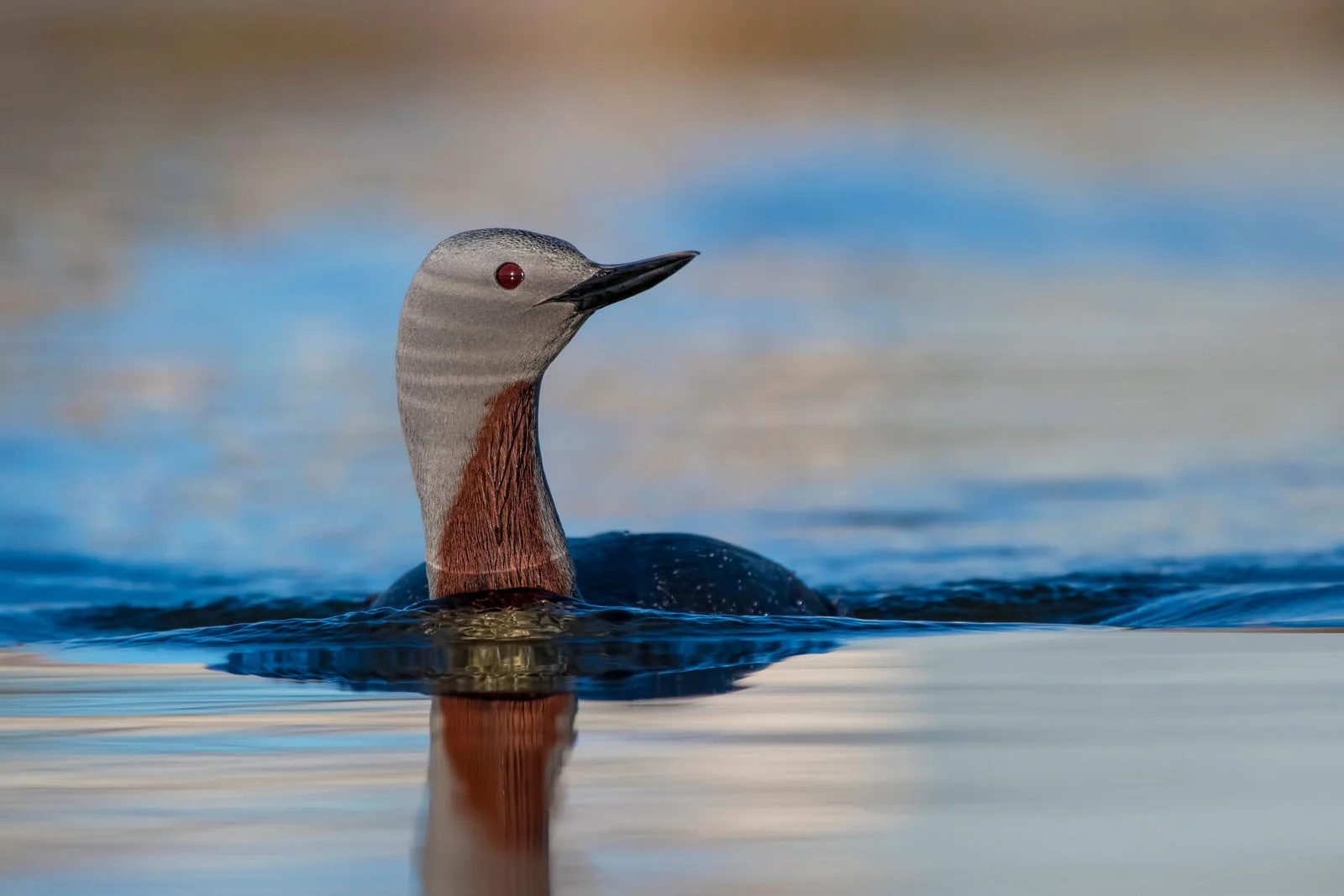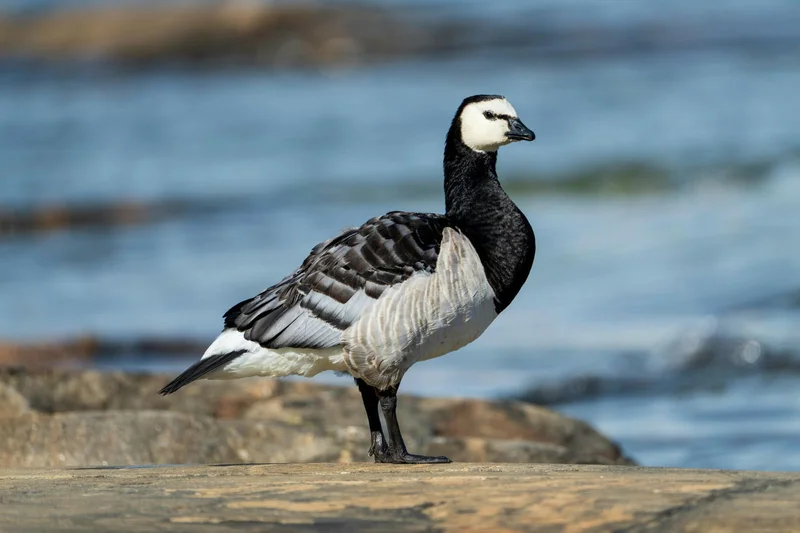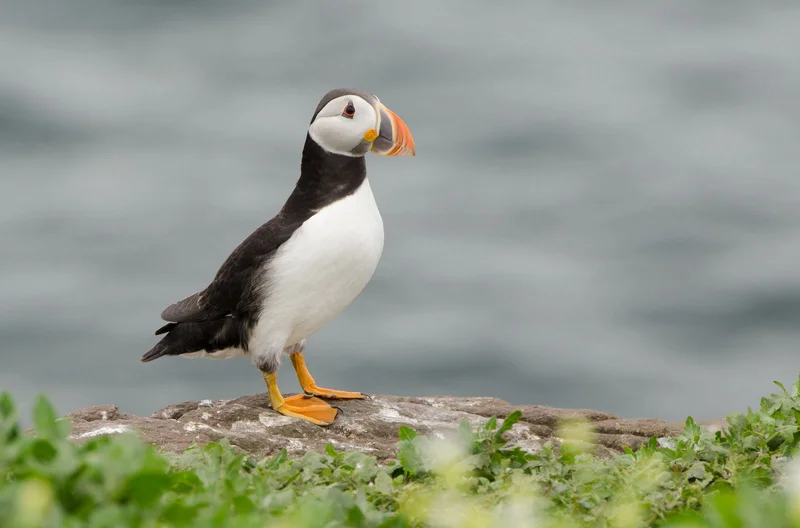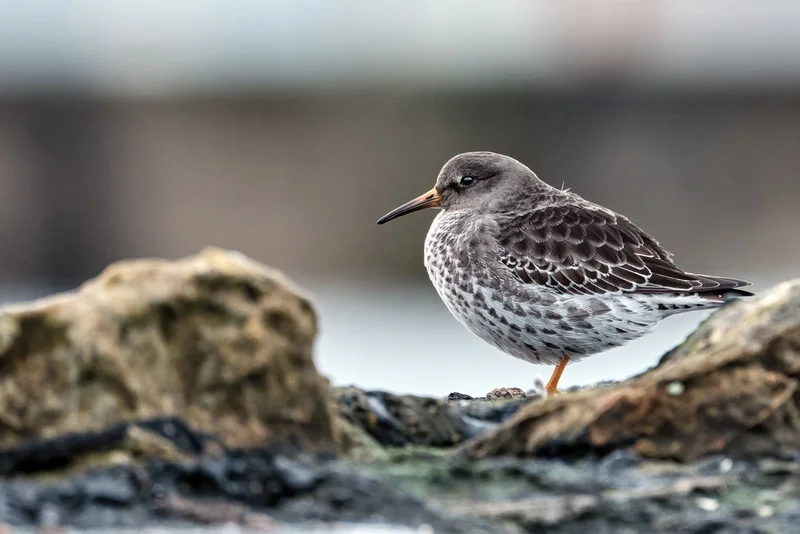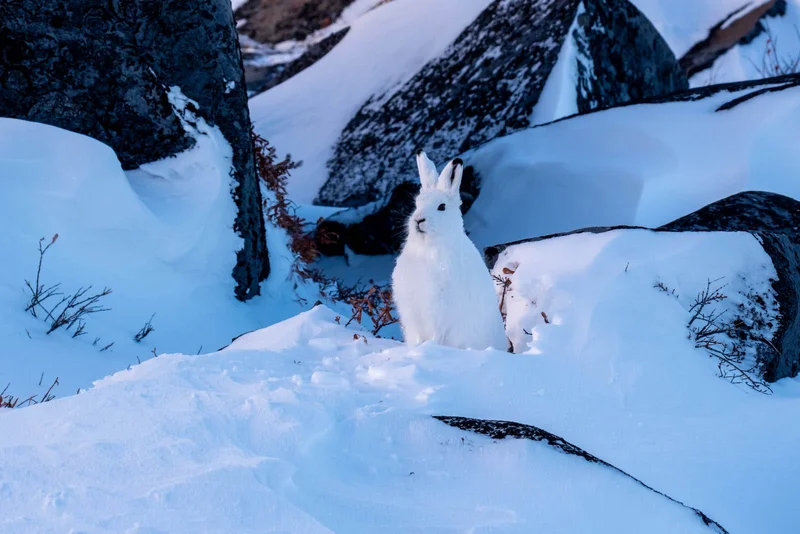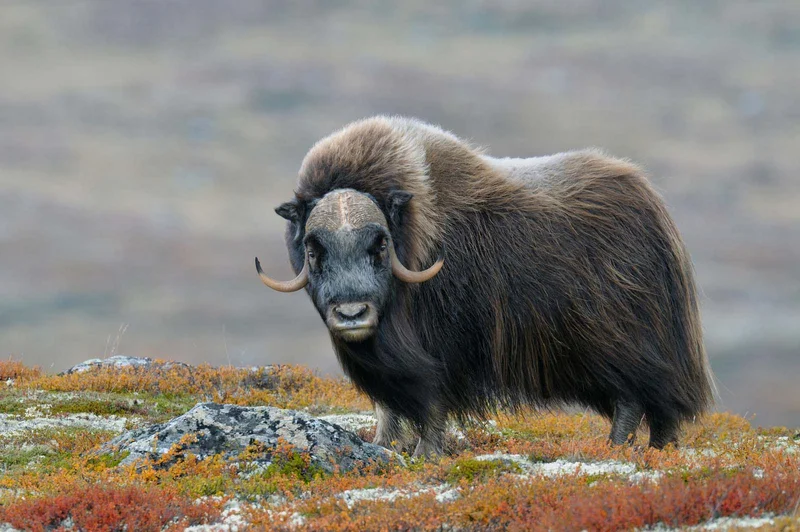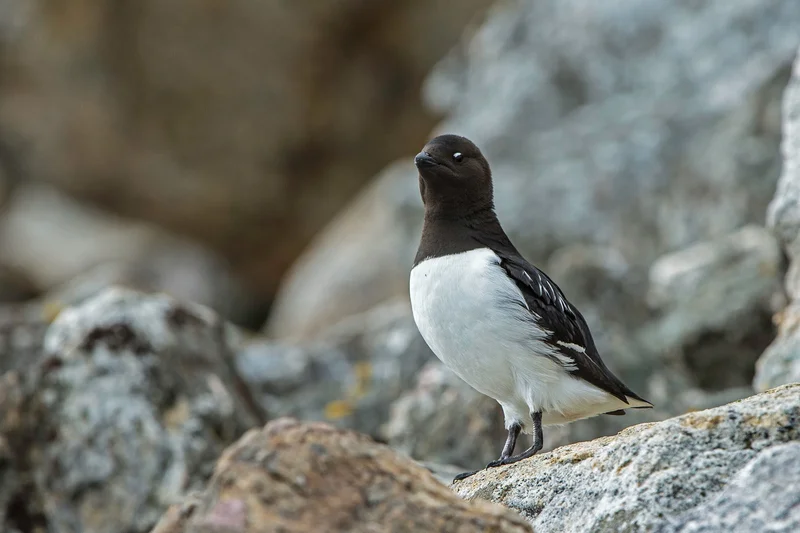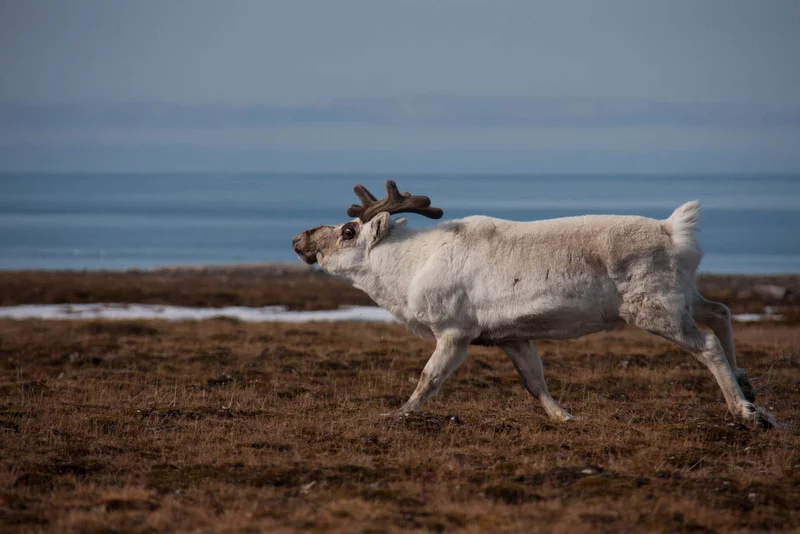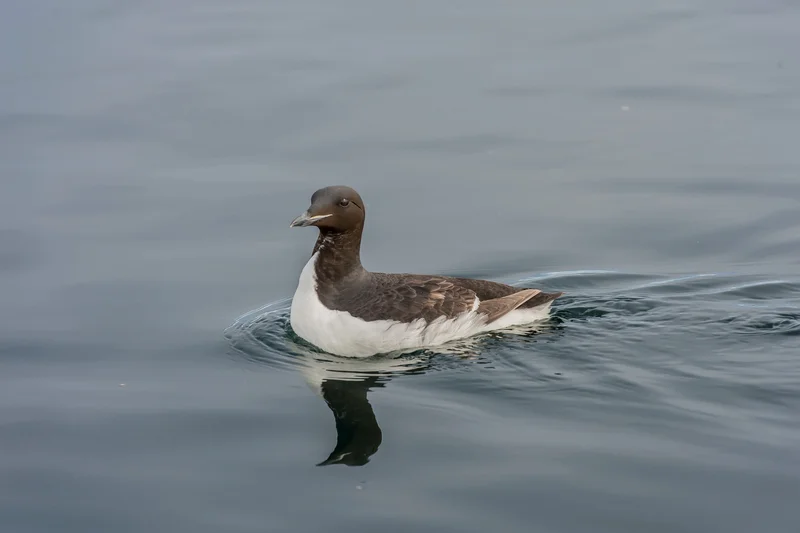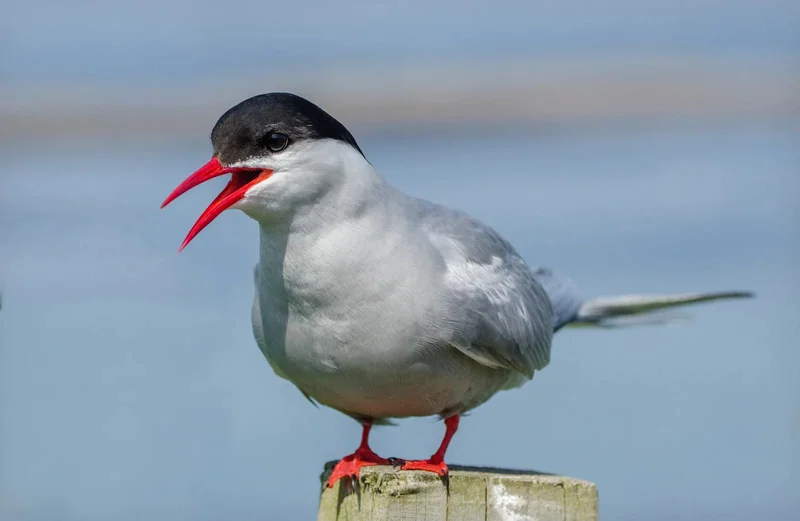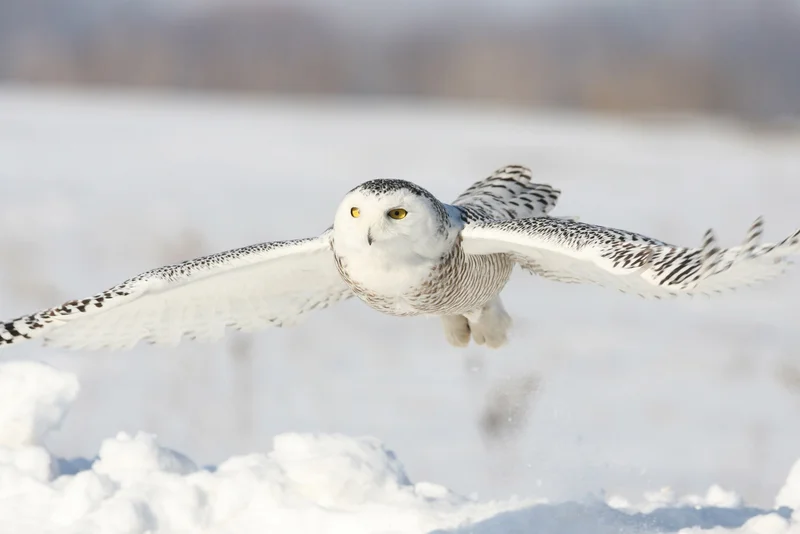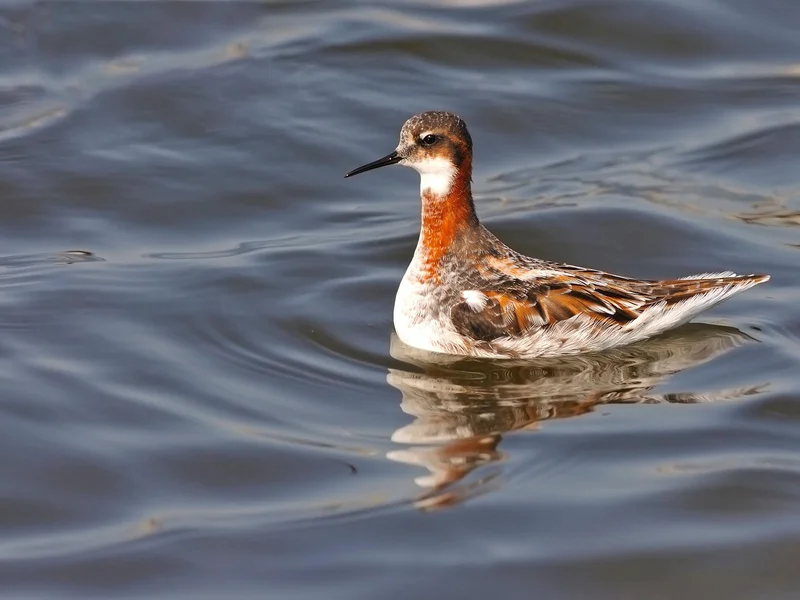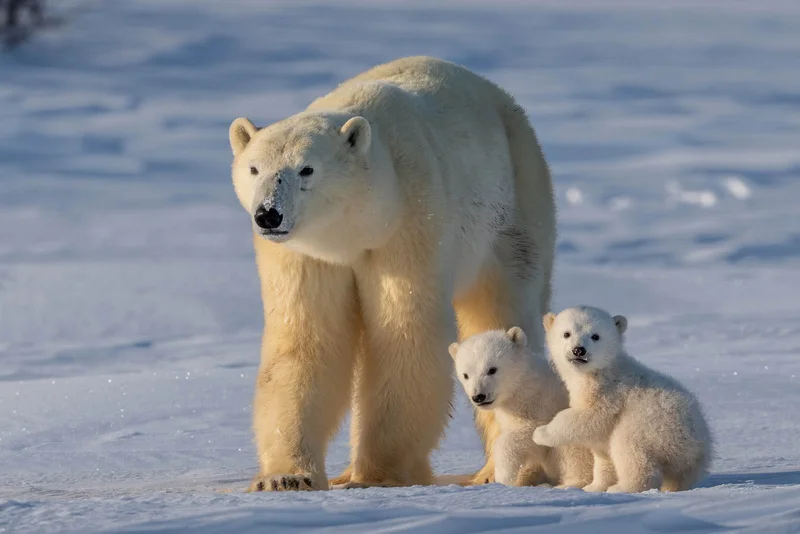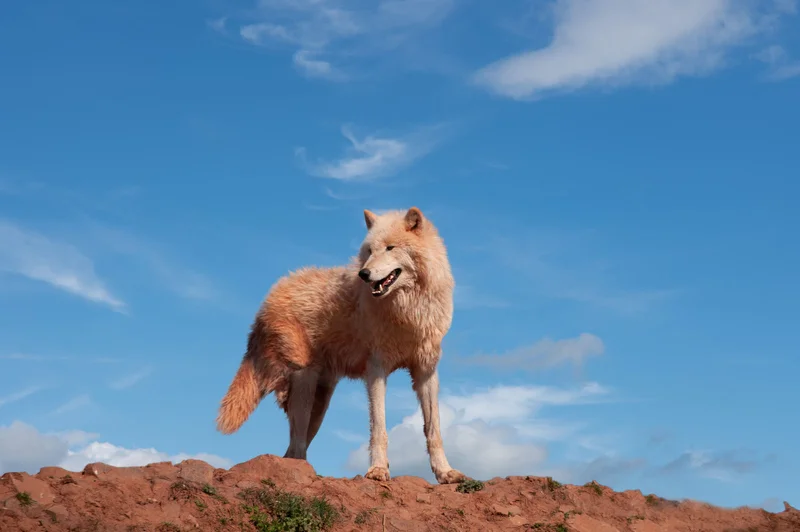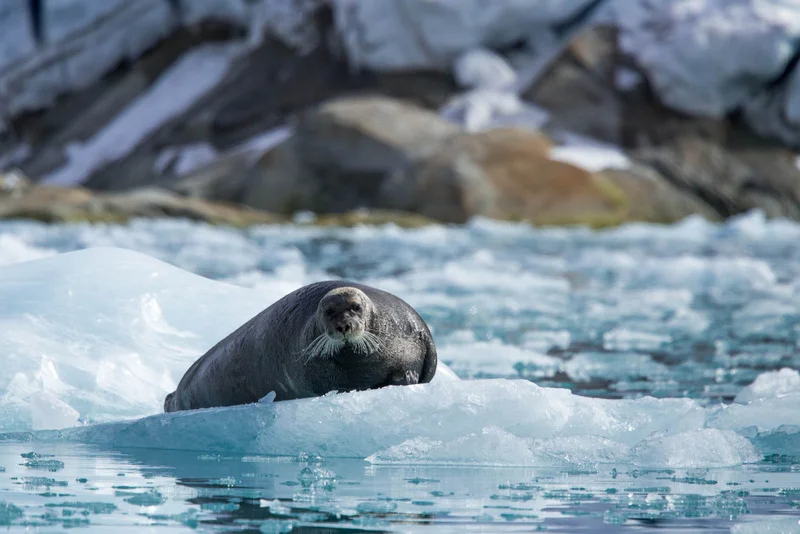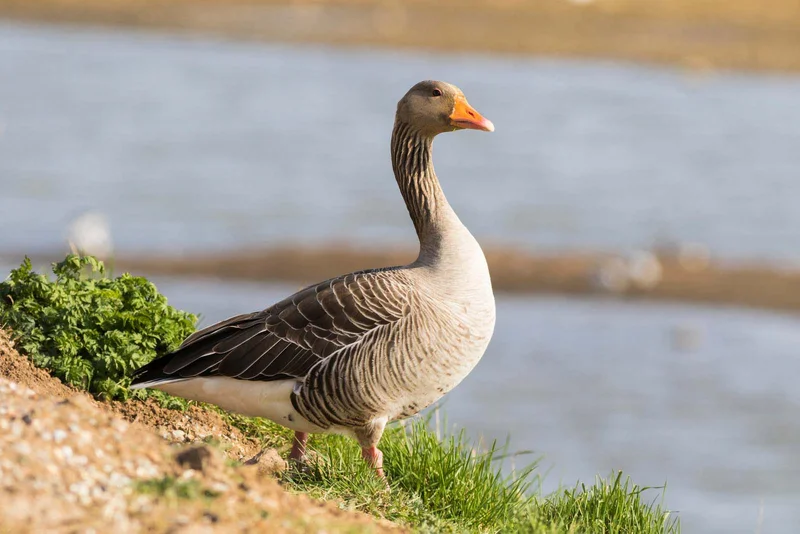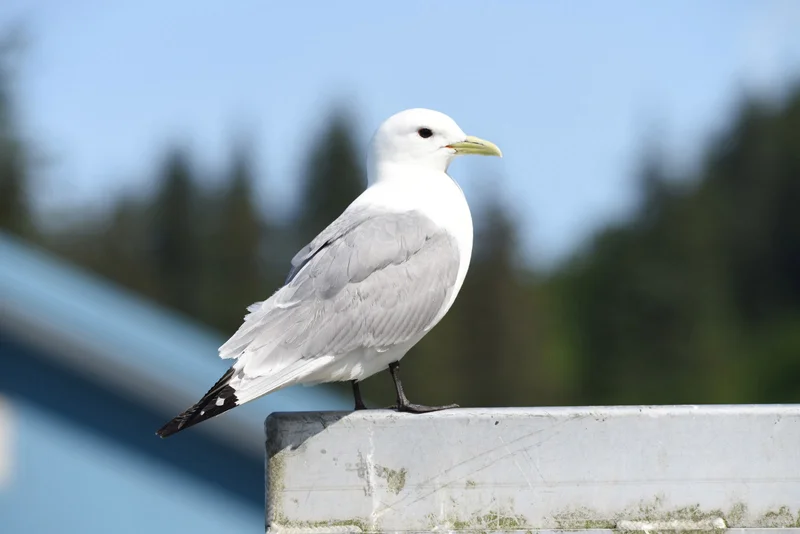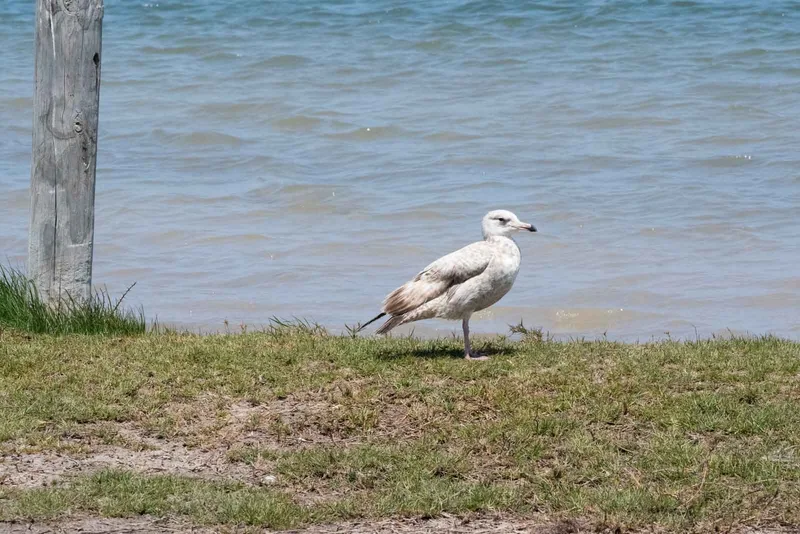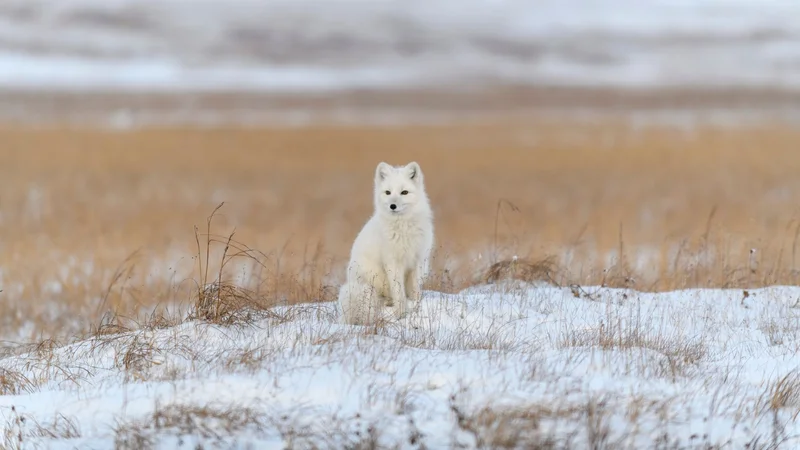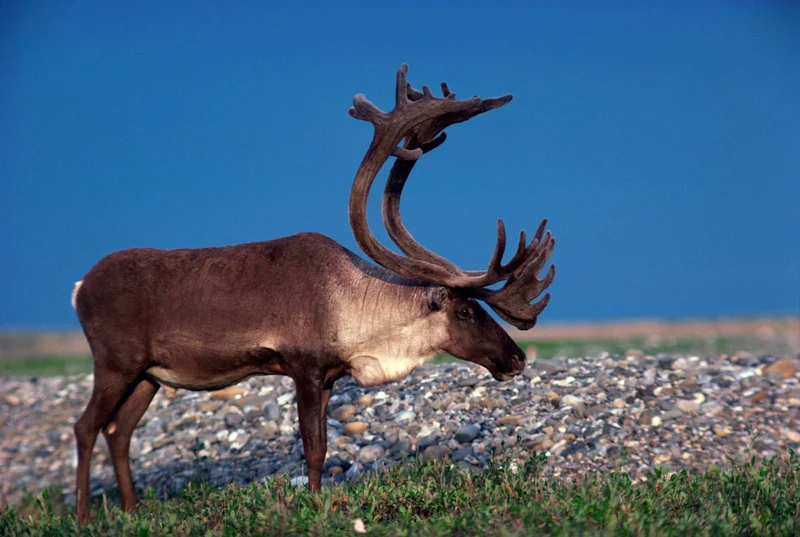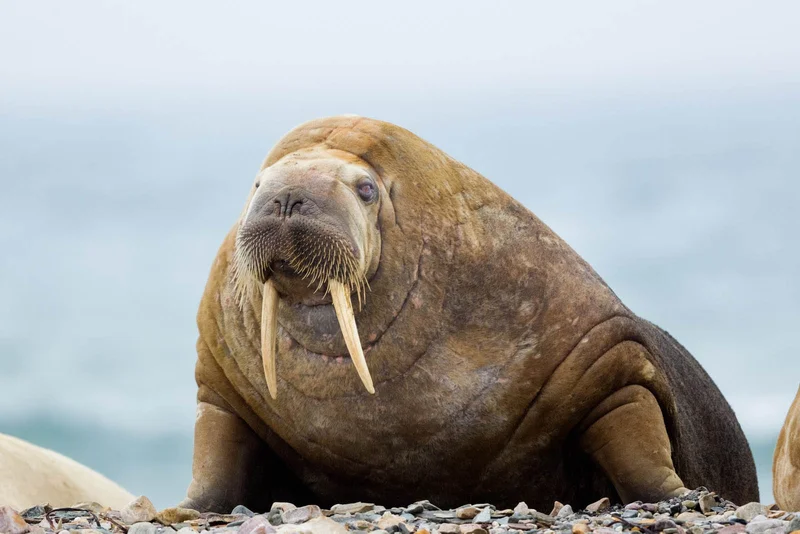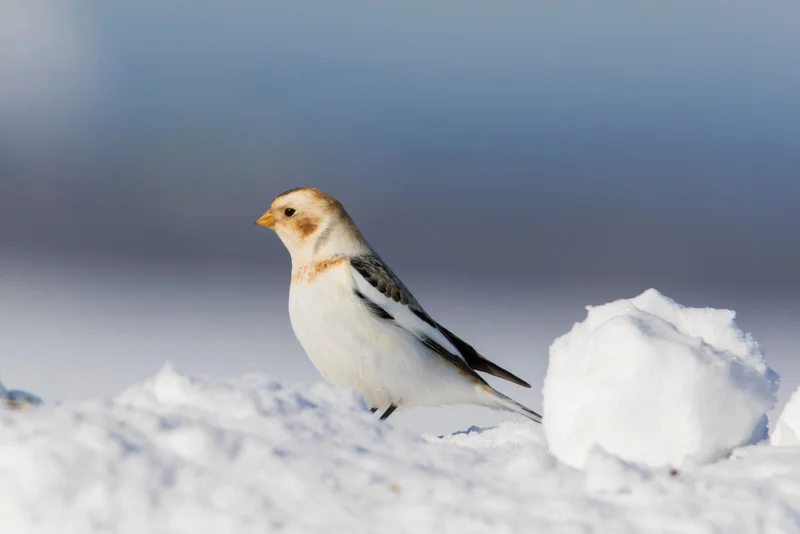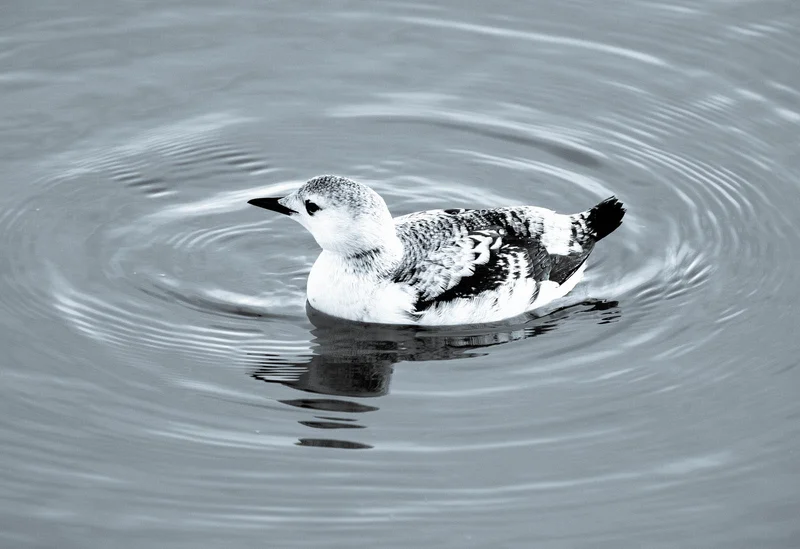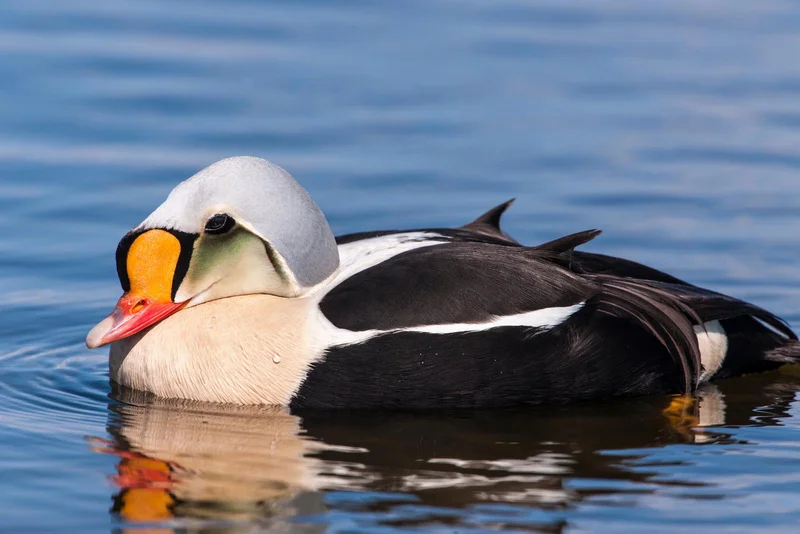Essential Red-throated Loon (Diver) Information
The Red-throated Loon, also called the Red-throated Diver in the UK, is the smallest member of the loon family, breeding in Arctic regions. This bird is instantly recognizable by the red patch on its throat during the breeding season, a feature that gives the species its name.
Physical Characteristics
At around 63 cm (25 inches) in length and with a wingspan of 1.1 meters (40 inches), the Red-throated Loon typically weighs around 2.3 kg (5 lbs). During the breeding season, adults sport a dark gray head and neck with a striking red throat patch, white underparts, and a dark grayish-brown back. Their winter plumage is more muted, with a white neck and head, a gray cap, and a dark back.
Aquatic Adaptations
Red-throated Loons are highly specialized for life in the water. Unlike most birds, they have dense bones, which help them submerge more easily, and their legs are positioned farther back on their bodies for powerful, efficient swimming. Their streamlined shape and sharp bill allow them to dive and catch fish with ease. They can dive up to 30 feet and remain underwater for as long as a minute.
Behavior and Diet
These loons are fish specialists, but they also feed on mollusks, crustaceans, frogs, and insects. Shy by nature, they often lie low in the water when approached, making them harder to spot. However, guided encounters often reveal a charming behavior where chicks ride on their parents' backs for protection shortly after leaving the nest.
Molting and Flight
Red-throated Loons molt all their feathers at once in late summer to autumn, leaving them flightless for 3 to 4 weeks until their new feathers grow in.
Interesting Facts
- Young Riders: Chicks often ride on their parents' backs shortly after hatching, making for a memorable sight.
- Diving Specialists: Red-throated Loons can dive up to 30 feet in search of fish and other aquatic prey.
- Seasonal Plumage: Their distinctive red throat patch appears only during the breeding season, with more subdued coloring in winter.
